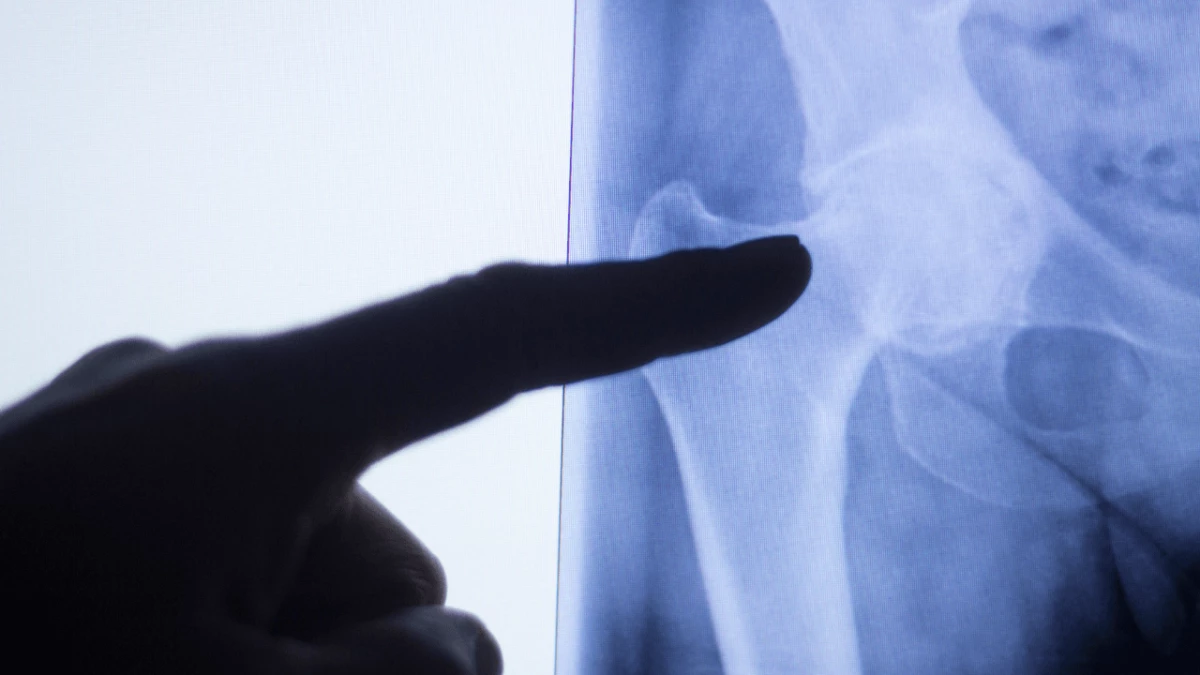Selective osteoinductiona can prevent hip endoprothesis
Since the last month the orthopedic team at "Vita" Hospital, headed by Dr. Chanko Chankov, implements an innovative operational method, which largely prevents future endoprosthesis of the hip joint.
Selective osteoinduction is indicated in patients suffering from aseptic necrosis of the femoral head as well as fractures of the femoral neck. These are some of the most common causes of early endoprosthesis.
In orthopedic practice it has been proven that approximately 10% of cases of hip joint endoprosthesis is a result of aseptic necrosis, and about 30% after fracture of the femoral neck. Hip fractures is one of the most common fractures in patients over the age of 65, which leads to a long recovery time (3-6 months) and high mortality.
In cases of aseptic necrosis standard operating methods only slow down the process of bone destruction.
Selective osteoinduction is a relatively new method that overcomes the major shortcomings of other operational methods and has a very high success rate. In "Vita" Hospital this approach was brought from Italy, where they have the most experience with it (more than 1 year).
The method consists of 3 main steps:
1. Preparation of the biological agents from the peripheral blood of the patient
2. Placing special fenestrated implant
3. Injection of the biological product
Advantages of the method over the current classical methods:
- Early mobilization and joint load (after the second postoperative day)
- Minimally invasive approach (3-4 cm incision)
- Reduced operative time (15-30 min)
- Minor blood loss (30-50 ml)
- Decreased risks (infection, thrombosis, postoperative pain, etc.).
- Ability of self service for the patient on the day after surgery
- Short hospital stay (1-2 days)



 On this page, you can change your choices at any time after you have read and understood our
On this page, you can change your choices at any time after you have read and understood our